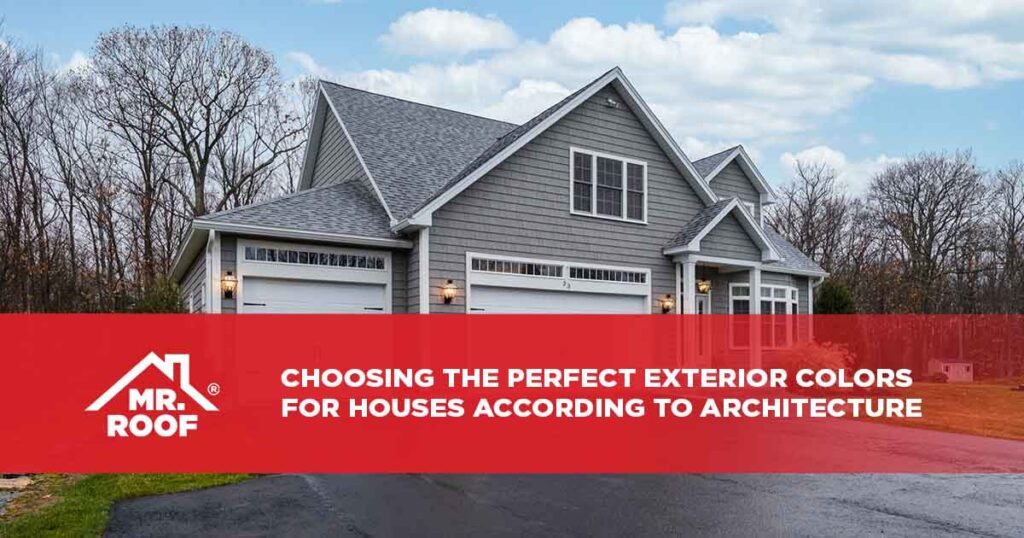The exterior colors for houses play an essential role in setting the initial tone of your home, shaping the first impression for guests and passersby alike. By selecting the right exterior house colors, you enhance not only your home’s curb appeal but also its value and the overall aesthetic of your neighborhood.
As you navigate the diverse range of architectural styles, this article will guide you through choosing exterior colors for houses that respect architectural integrity while allowing you to express your unique style.
Influence of color on modern architecture
The influence of color on modern architecture cannot be understated, as it plays a pivotal role in defining the style and era of a home. When selecting exterior colors for your house, consider the following points to ensure architectural harmony and visual appeal:
Lighting and size perception
- Natural lighting conditions can alter the appearance of colors, impacting the style and perceived size of your home.
- Darker colors tend to make buildings look smaller, while lighter hues can create an illusion of a larger structure.
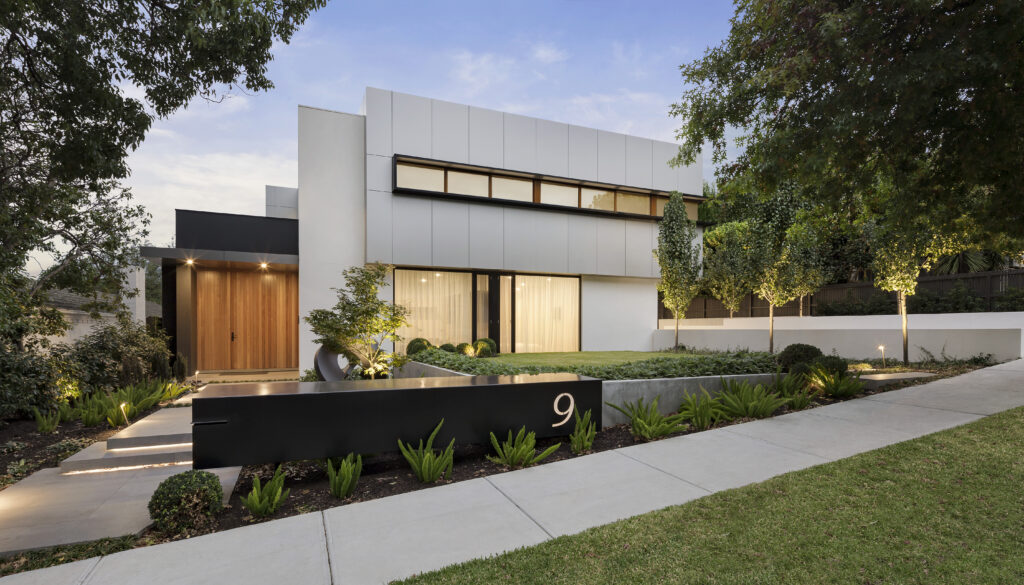
Architectural highlighting
- Utilize contrasting colors to accentuate specific architectural features, drawing attention and enhancing your home’s design.
Emotional and cultural resonance
- Colors have the power to evoke emotions and carry cultural significance, which can be strategically used to influence mood and perception.
- Red and orange are stimulating, yellow is cheerful, blue and green are relaxing, while white can be disconcerting.
In modern architecture, color is also employed to preserve the spirit of a place, as seen in the Charlotte Bechtler Museum by Mario Botta. Moreover, the psychology of colors plays a crucial role in interior design, affecting the atmosphere and functionality of spaces. By choosing a color scheme that resonates with your home’s architectural style and period, you enhance its unique style and charm. Remember, the right color choice can either amplify or diminish the aesthetic appeal and functionality of your architectural space.
The classic charm: Traditional and historical homes
When selecting exterior colors for your traditional or historical home, it’s essential to approach the task with a sense of reverence for its architectural heritage and age. Here are some painting personalities and strategies to consider:
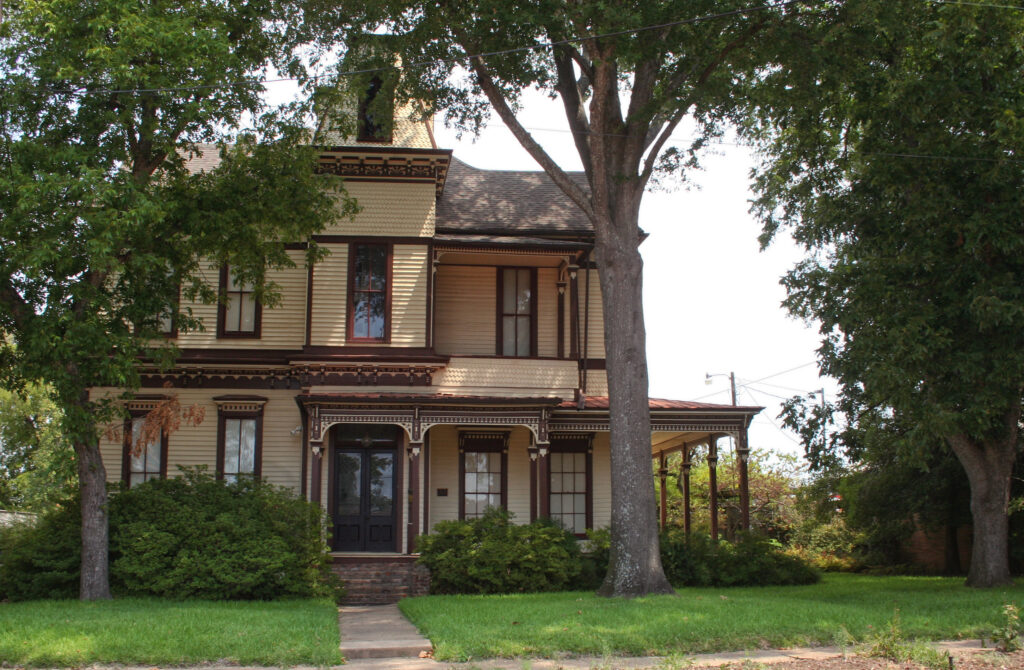
- The Purist: If you value historical accuracy, you might opt for a monochromatic color scheme, using variations of a single color to maintain a cohesive look that respects the period of your home.
- The Classicist: For a balanced approach, the Two Color Simplicity strategy employs a light color for trim and a more pronounced hue for the body, achieving a look that’s both respectful and eye-catching.
- The Rebel: Those with a penchant for the dramatic might gravitate towards the Painted Lady style, particularly for Queen Anne or Folk Victorian homes, using multiple colors to highlight intricate architectural details.
To ensure authenticity, especially in historic districts, consulting with historical associations can provide guidelines for appropriate exterior paint colors. Traditional homes often feature earthy tones like reds, yellows, and greens, with white trim becoming popular in the 19th century. For those unsure about color choices, digital tools can offer a preview of different hues on your home, making the selection process easier. Remember, the right color not only pays homage to the past but also brings out the best in your home’s classic architecture.
Transitional styles: Merging the old with the new
Transitional styles in architecture represent a harmonious blend of the old and new, and the choice of exterior colors plays a significant role in achieving this balance. As you consider repainting or renovating your home’s exterior, keep in mind these key points:
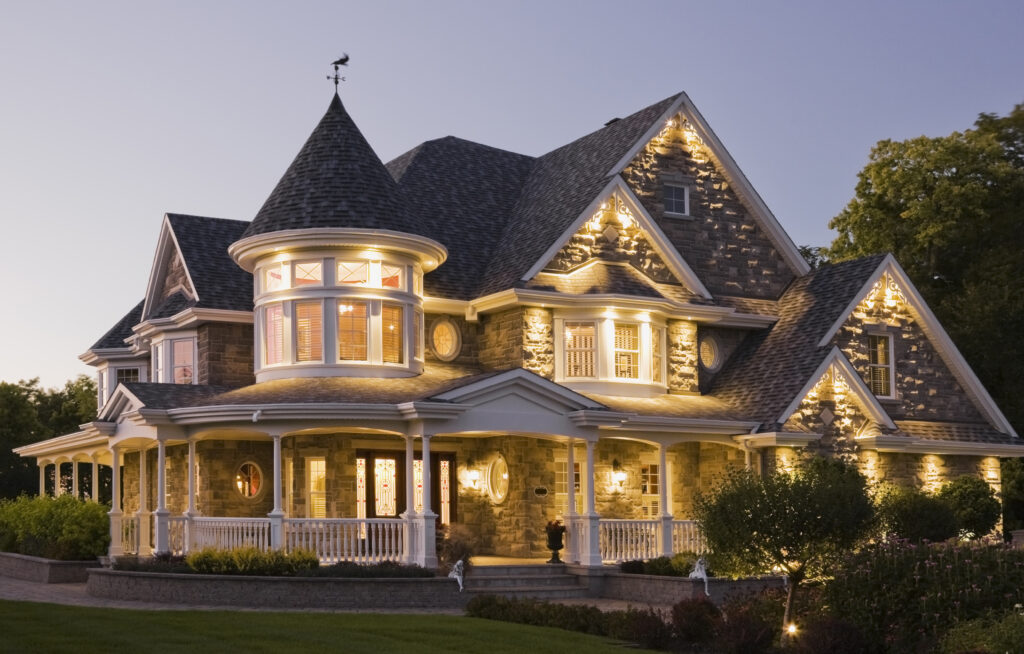
- Color palette: Opt for colors that bridge traditional and contemporary aesthetics. Popular choices include whites, grays, browns, taupes, and deeper tones like charcoal and midnight blue. These hues complement the natural finishes often found in transitional kitchens, such as wooden cabinets and stone countertops.
- Accentuating features: To highlight the unique elements of your home, consider a contrasting color scheme. Black and white exteriors can create a clean, elegant look, with black windows and dark trims adding sophistication to the design. For roofing, dark bronze or various metal roof colors can lend a modern yet timeless appeal.
- Outdoor spaces: Enhance your living experience by integrating outdoor kitchens with functional grills, countertops, and appliances, which are becoming increasingly popular in transitional style homes. Exterior materials like brick and stucco can be painted in white or left in their natural state to add texture and interest.
Remember, any improvements should align with your home’s current design to ensure a cohesive and attractive appearance that boosts both curb appeal and daily enjoyment.
Eclectic and unconventional homes: Choosing bold palettes
For homeowners who embrace individuality and flair, eclectic and unconventional homes offer a canvas for creativity and self-expression. When choosing bold palettes for such homes, consider these guidelines:
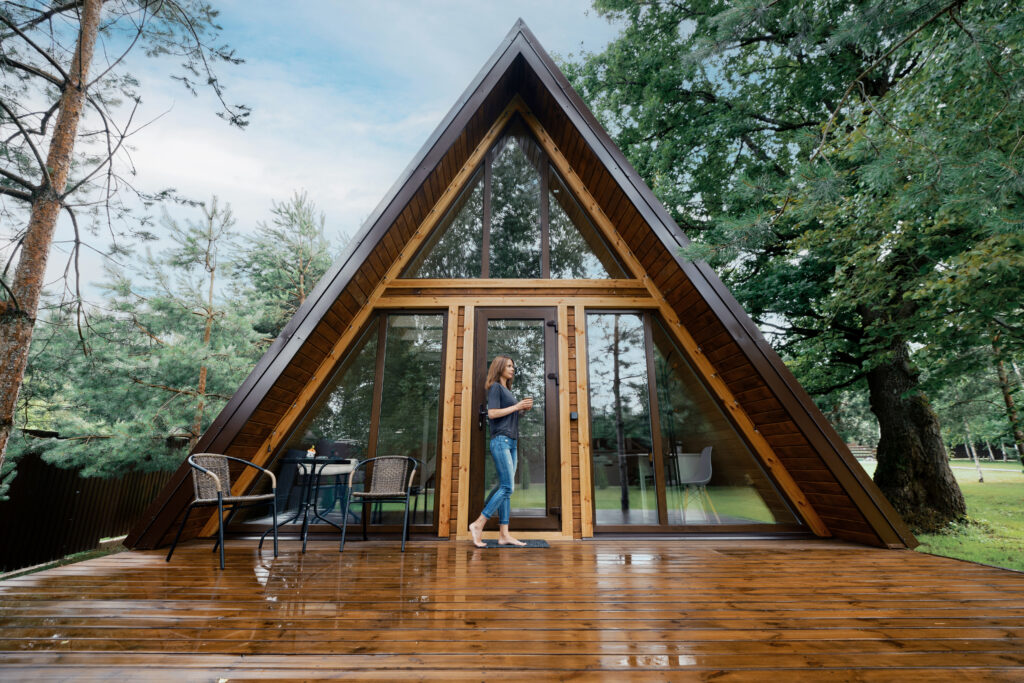
- Establishing mood: Begin by selecting colors that reflect the desired atmosphere of your home. Whether aiming for a serene retreat with calming neutrals or a vibrant, energetic space, your color choices set the tone.
- Architectural harmony: Ensure your bold choices complement, not clash with, your home’s architectural features. A modern cottage may come alive with a blue and yellow exterior, while beachfront properties benefit from cooler tones that echo their natural surroundings.
- Dominant tone repetition: Choose a dominant color that resonates with your personal style and repeat it in various ways throughout your home. This creates a cohesive look while allowing each room to have its own character.
- Material and texture mix: Introduce different materials and textures in each room. This approach adds depth to your color palette and keeps the eye moving, making for a dynamic living space.
- Bold and muted hues: If your heart is set on vibrant colors, consider using them in muted hues to maintain sophistication. This is especially effective in sleek, modern spaces where bold colors can be balanced with black and white elements.
- Greenery and textiles: Don’t forget to incorporate plants and strategic textiles. These can bring in natural vibrant colors and complete the overall design theme of your space.
By considering these aspects, you can craft an eclectic home that is both cohesive and uniquely yours. Remember, the key is to maintain balance while allowing your individual style to shine through.
Conclusion
The journey through selecting exterior colors for your home is a fine balance of honoring architectural history and expressing personal style, an endeavor that has been articulated throughout this article. By understanding the psychology of color and its effect on architectural design, homeowners can create exteriors that not only elevate their living space but also contribute positively to their home’s value and neighborhood aesthetic. Whether preserving the classic beauty of historical homes, embracing transitional styles, or boldly expressing individuality in eclectic architecture, the power of the right palette cannot be understated.
As you consider the final touches to your home’s exterior, remember that the roof plays a critical role in completing the visual harmony of your property. Should you find yourself in need of expert advice or services to assist in achieving the perfect balance, Contact Mr. Roof today for a free roofing estimate. Reflect on the colors and styles that resonate with your vision, and take a confident step towards materializing the charm and character that your home deserves.



